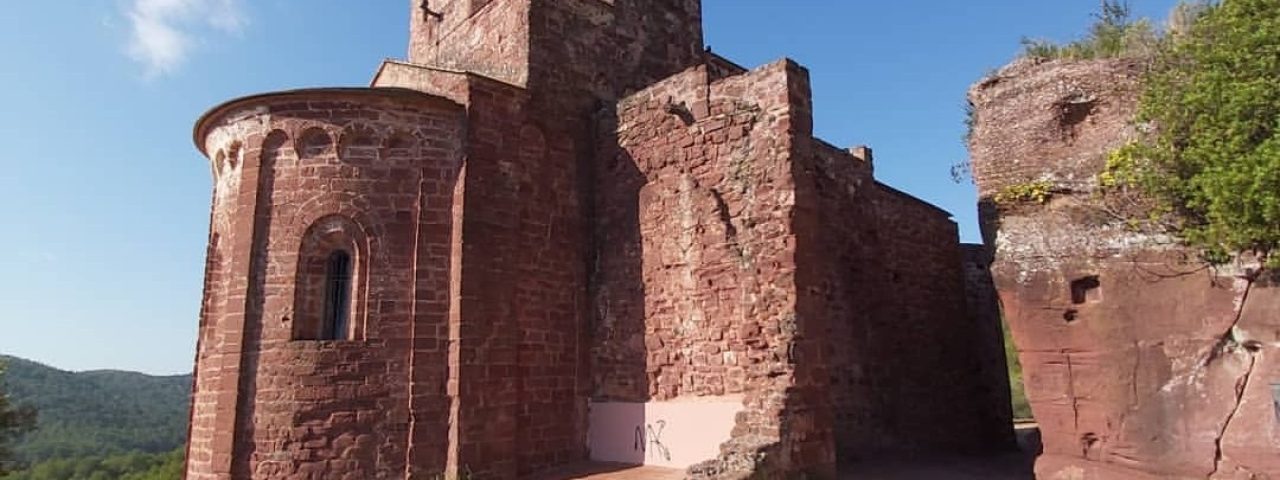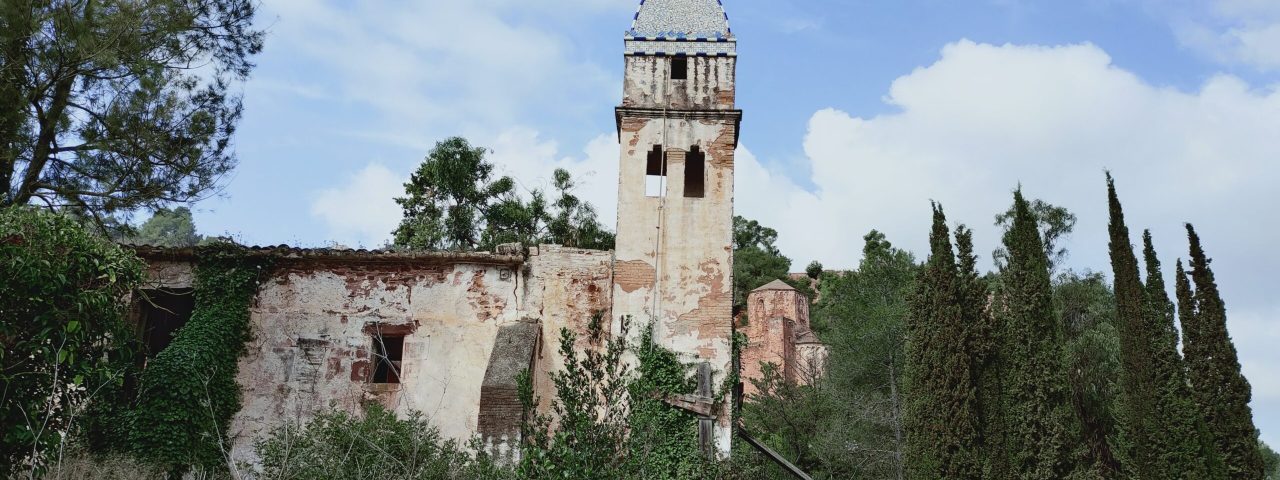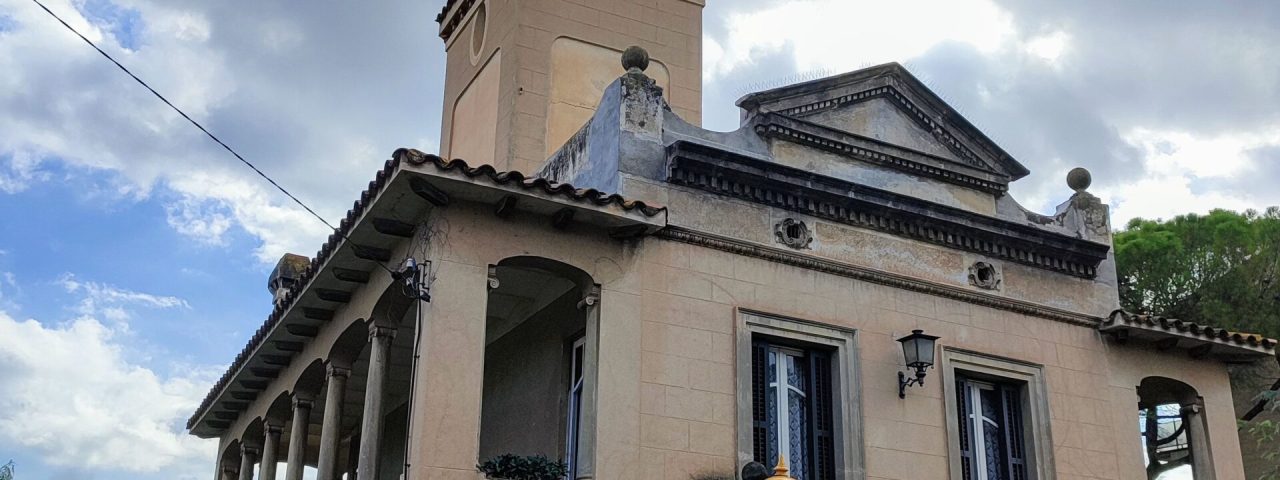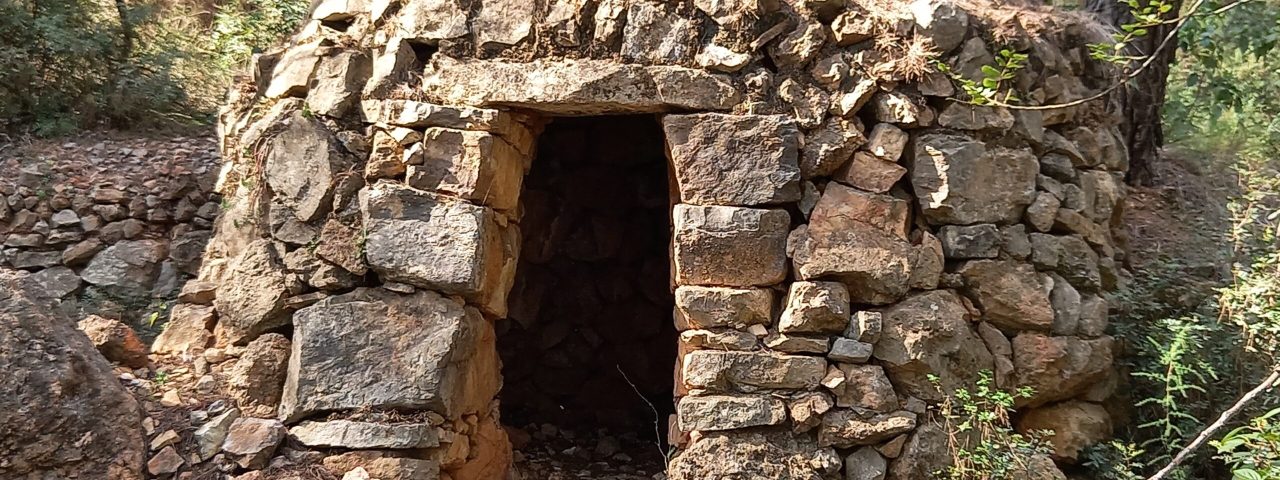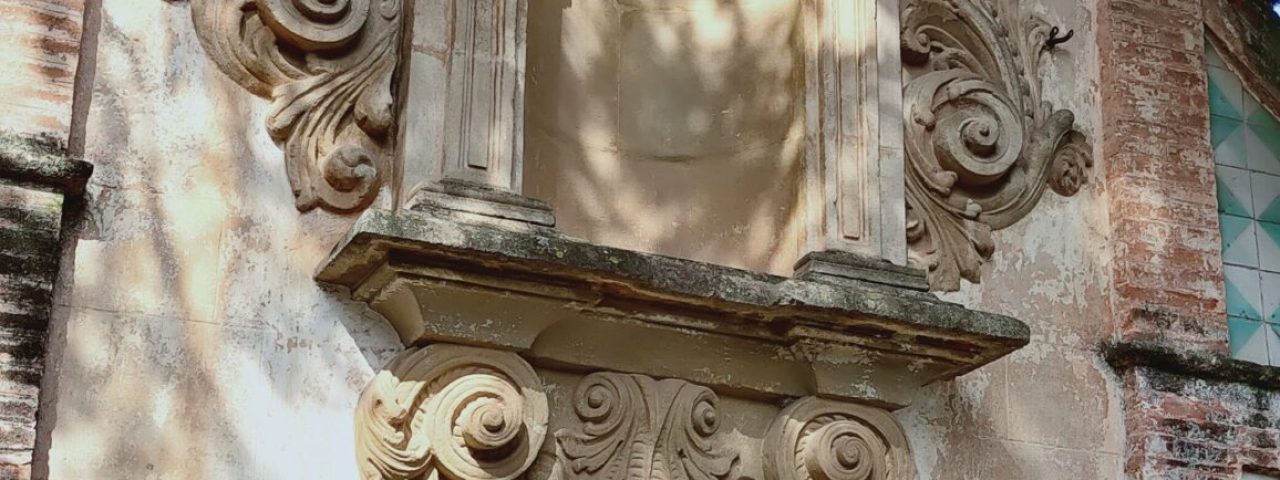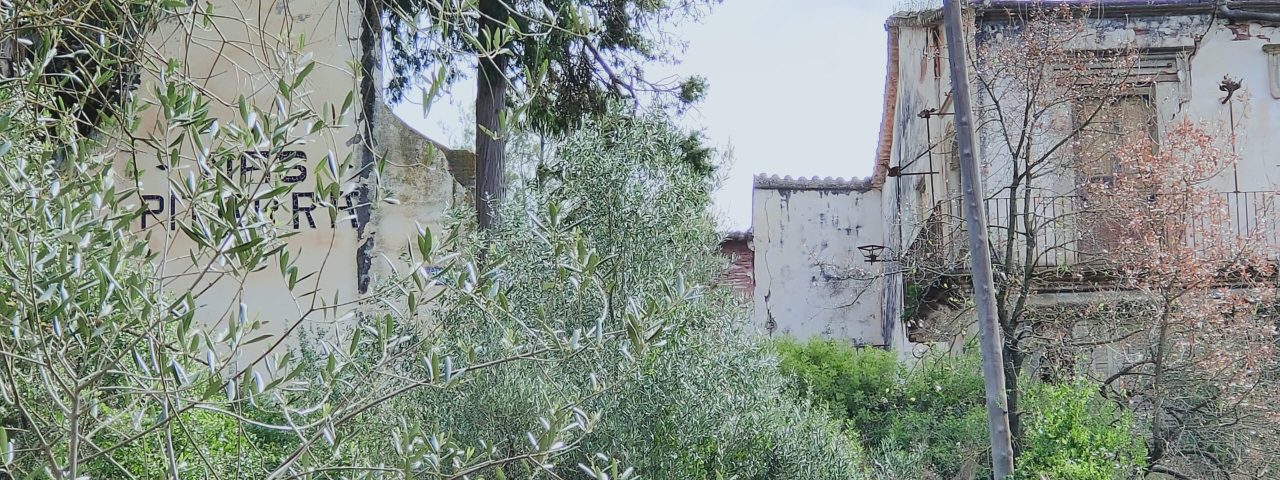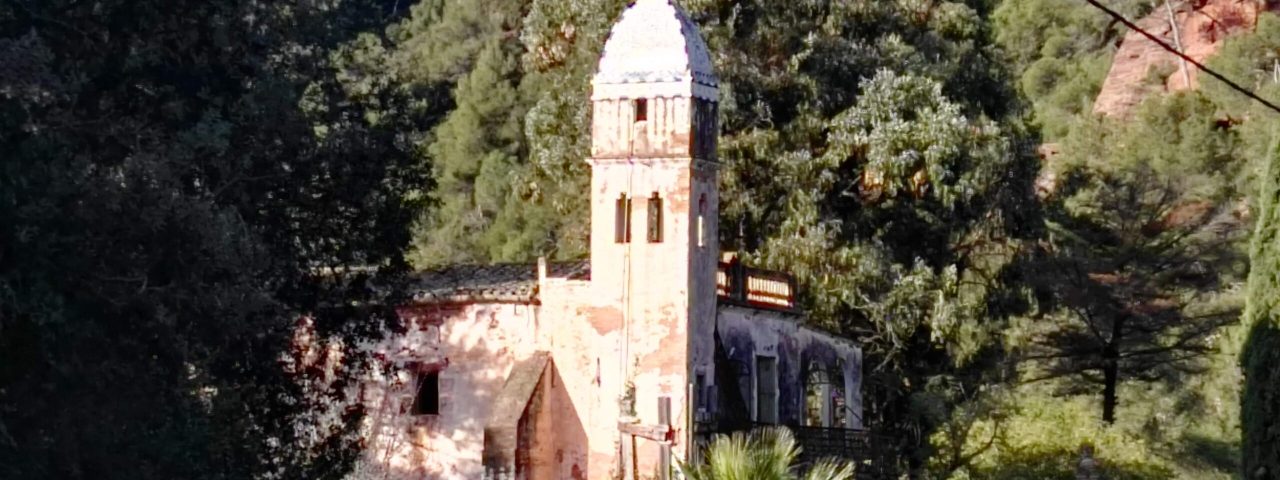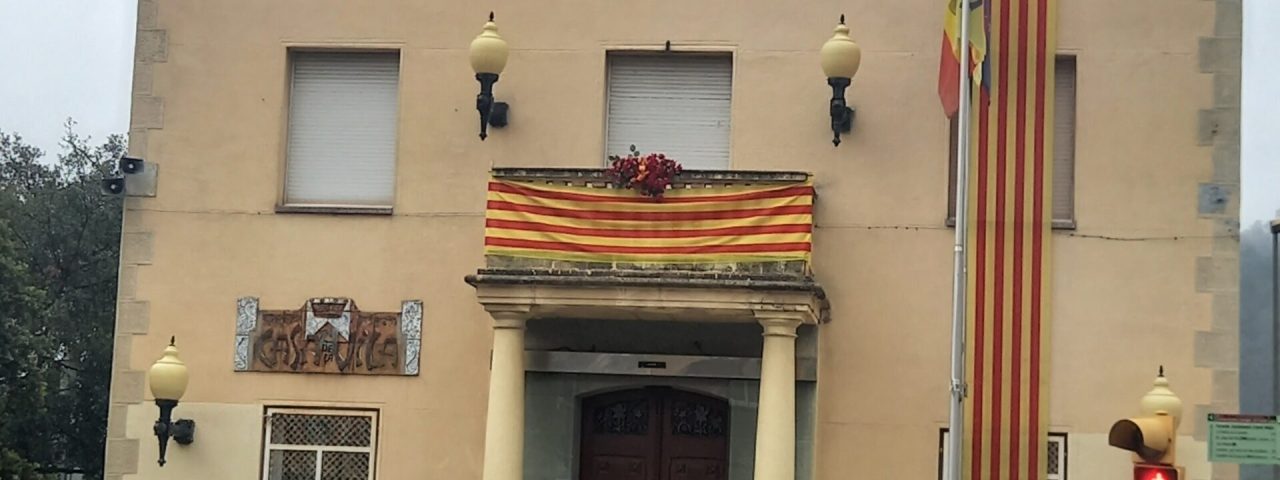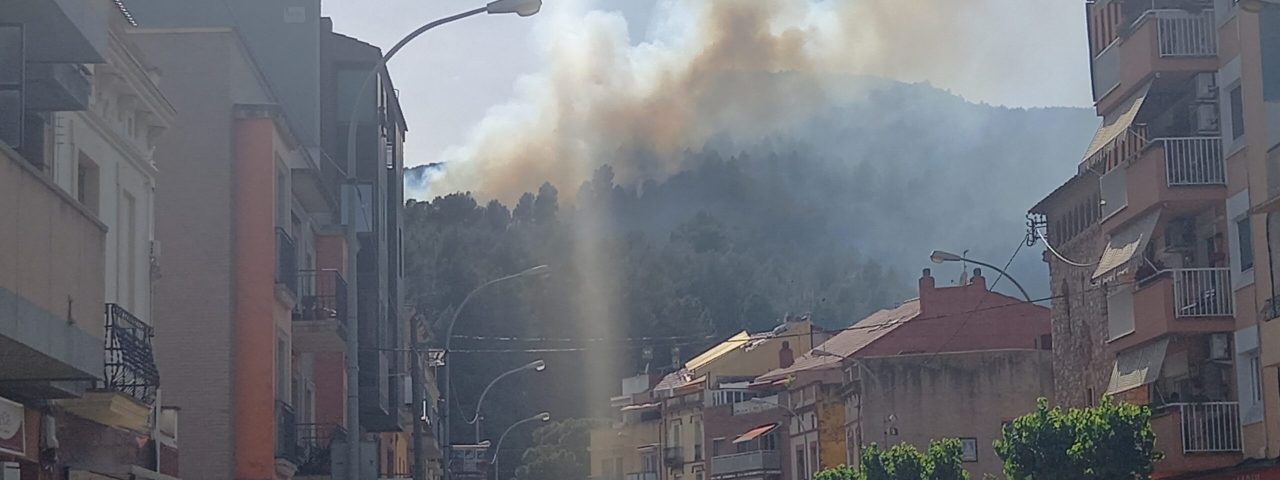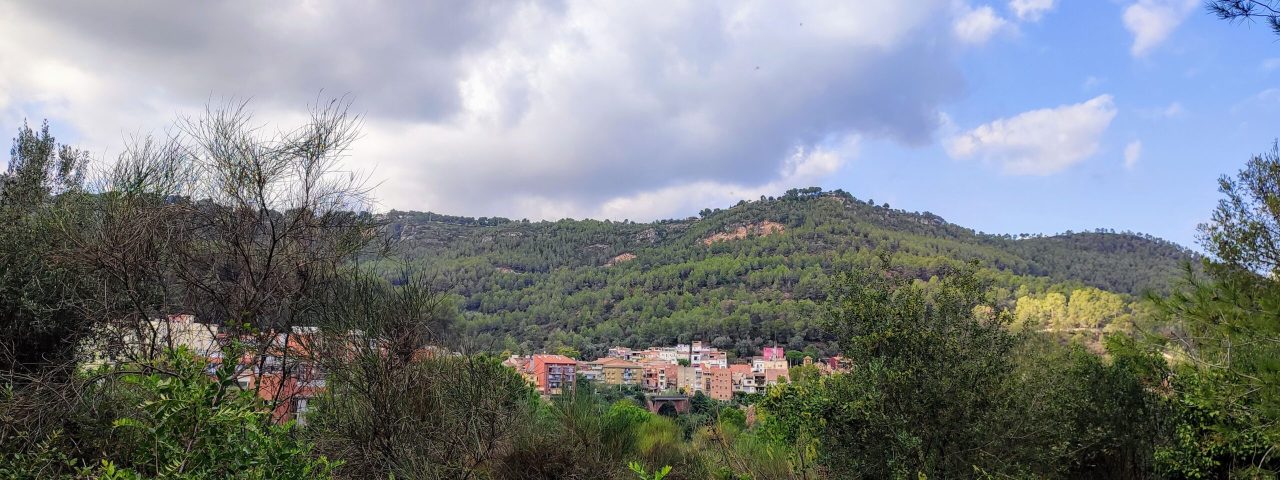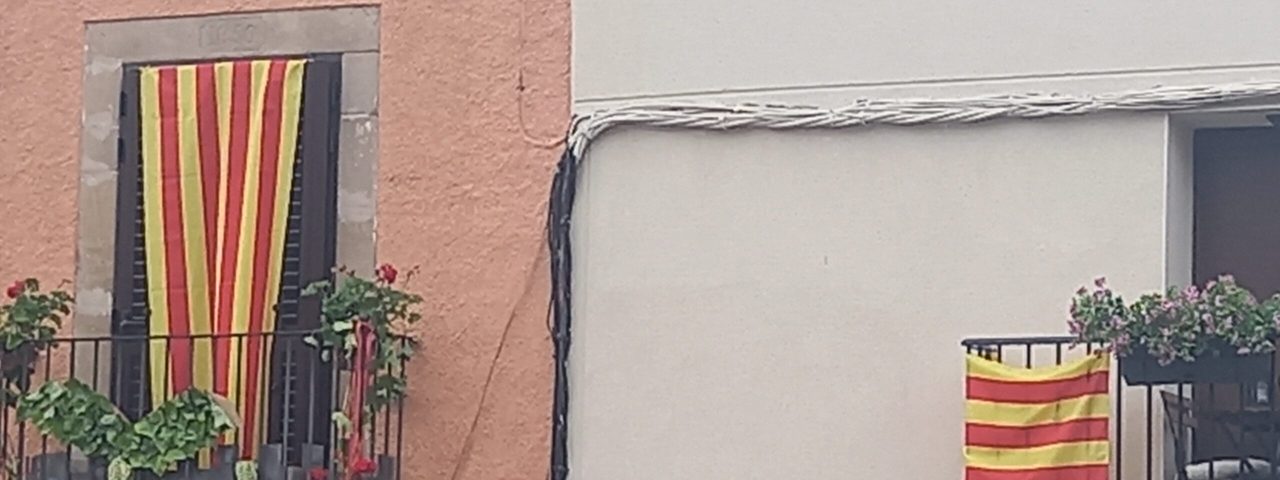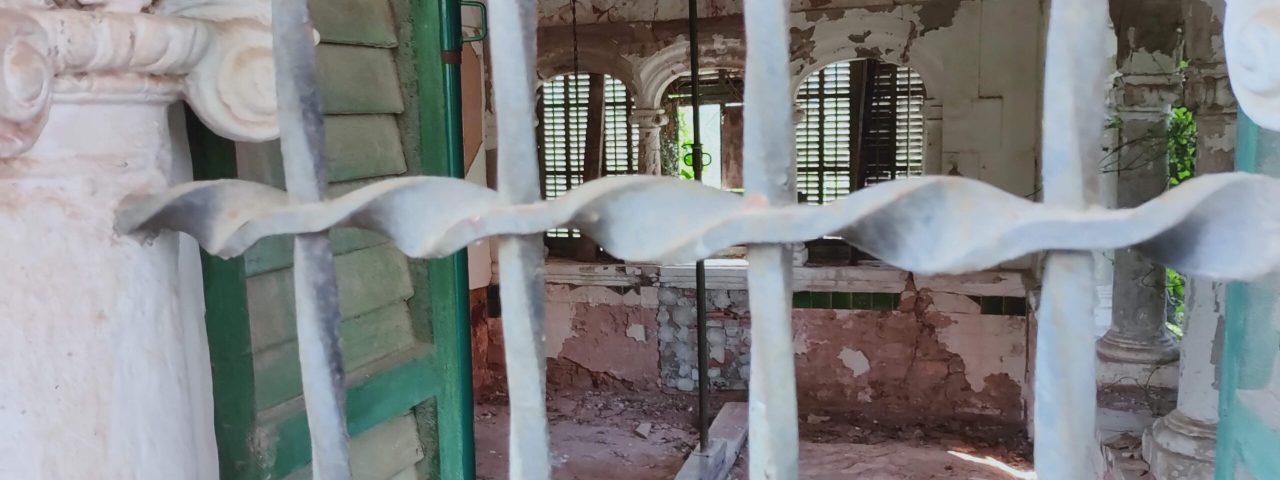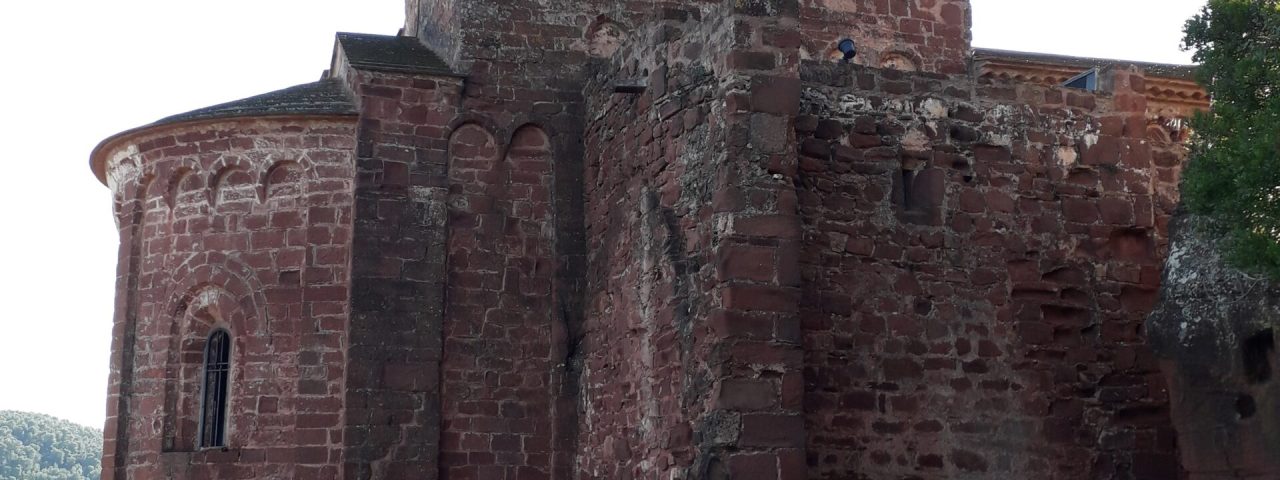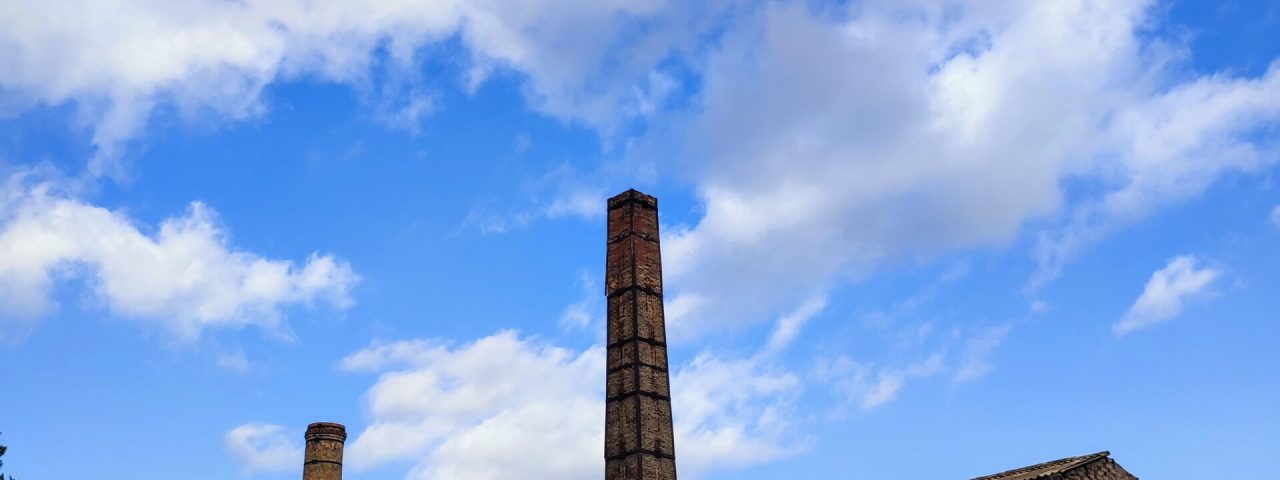Cervelló has a rich historical tapestry that dates back to ancient times, with influences from Roman, Moorish, and Christian civilizations. The town’s history is closely tied to that of the Province of Barcelona, which saw significant development during the Middle Ages. One of the most prominent historical landmarks in the town is the Church of Santa Maria, built in the 11th century, which stands as a testament to the area’s medieval past. The ruins of Cervelló Castle, perched on a nearby hilltop, also serve as a reminder of the region’s strategic importance in earlier centuries.
Culturally, Cervelló is deeply rooted in Catalonian traditions. The town is known for its vibrant local festivals, particularly during the Feast of Sant Martí, where traditional dances, music, and feasts take center stage. Catalonian customs such as the sardana dance and the human tower (castell) are often part of these celebrations, reflecting the town’s strong communal spirit and regional pride.
In addition to its festivals, Cervelló boasts a strong connection to the land, with agricultural traditions playing a significant role in its cultural identity. Vineyards, olive groves, and orchards dot the landscape, and local products like olive oil and wine are central to the town’s economy and cultural heritage.
